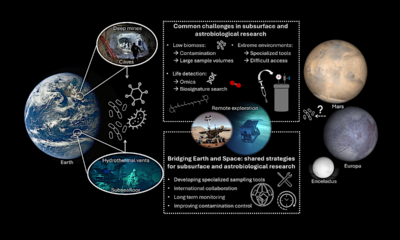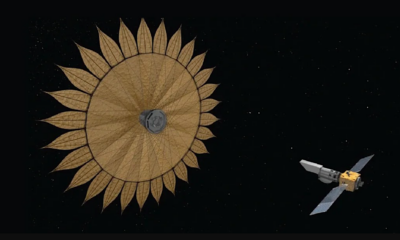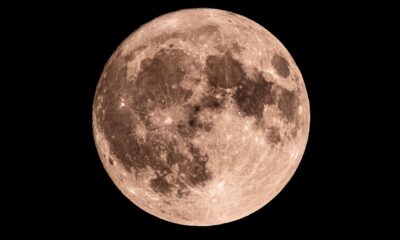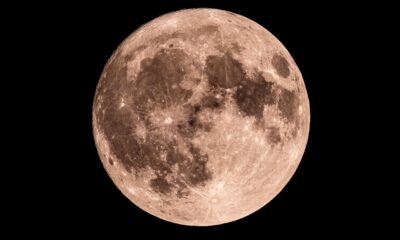Science
Moon Phase Update: Waning Crescent Shines on October 17
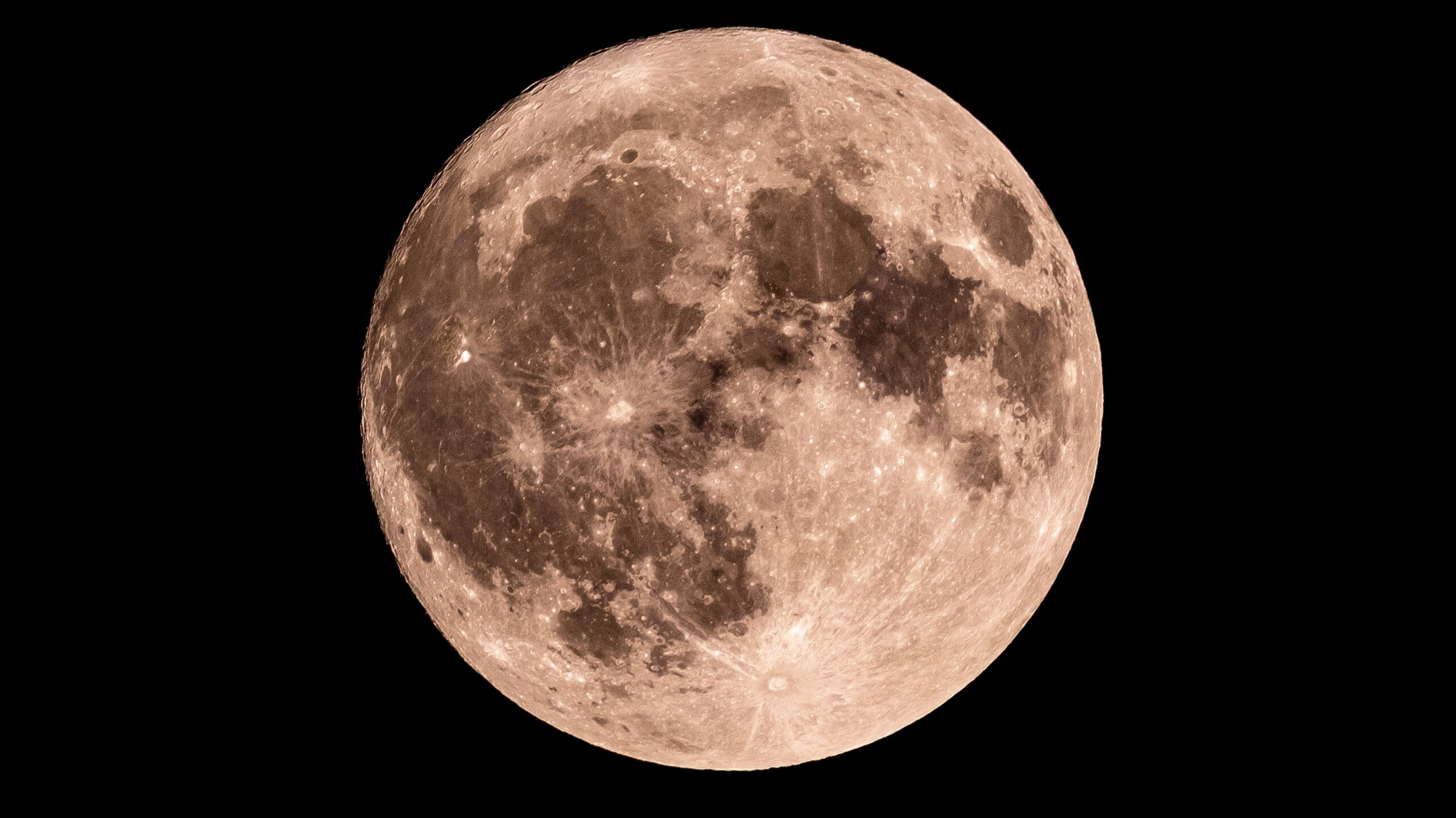
As of October 17, 2023, the moon is in its Waning Crescent phase, indicating that it is nearing the New Moon. This transition occurs as the moon moves between Earth and the Sun, gradually fading from view. Currently, only 14% of the moon is illuminated, according to NASA’s Daily Moon Observation.
Visibility of the moon will continue to decline in the coming nights. Observers will find that tonight, the Aristarchus Plateau is visible without any special equipment. Those equipped with binoculars will also be able to spot the Grimaldi Basin, while a telescope will reveal the Reiner Gamma, a distinctive lunar swirl on the moon’s surface.
Understanding Moon Phases
The moon follows a continuous cycle that lasts approximately 29.5 days as it orbits Earth. The different moon phases result from the varying positions of the Sun, Earth, and Moon relative to one another. As these positions change, the amount of sunlight that reflects off the moon’s surface also varies, leading to the observable phases from Earth.
The eight principal moon phases include:
– **New Moon**: The moon is positioned between Earth and the Sun, rendering it invisible.
– **Waxing Crescent**: A small sliver of light appears on the right side in the Northern Hemisphere.
– **First Quarter**: Half of the moon is illuminated on the right side, resembling a half-moon.
– **Waxing Gibbous**: More than half is lit but it is not yet full.
– **Full Moon**: The entire face of the moon is illuminated.
– **Waning Gibbous**: The moon begins to lose light on the right side.
– **Third Quarter**: Another half-moon, but this time the left side is illuminated.
– **Waning Crescent**: A thin sliver of light remains on the left side before the moon goes dark again.
Upcoming Lunar Events
The next full moon is expected on November 5, 2023. As the lunar cycle continues, enthusiasts and casual observers alike can look forward to witnessing the moon’s transformation. Each phase offers a unique view and experience, enriching our understanding of this celestial body.
As the moon progresses towards the New Moon, it serves as a reminder of the ever-changing dynamics between our planet and its natural satellite. The celestial phenomena provide not only a visual spectacle but also a chance to appreciate the intricate movements of the solar system.
-

 Technology5 months ago
Technology5 months agoDiscover the Top 10 Calorie Counting Apps of 2025
-

 Technology3 weeks ago
Technology3 weeks agoOpenAI to Implement Age Verification for ChatGPT by December 2025
-

 Health3 months ago
Health3 months agoBella Hadid Shares Health Update After Treatment for Lyme Disease
-

 Health4 months ago
Health4 months agoAnalysts Project Stronger Growth for Apple’s iPhone 17 Lineup
-

 Health4 months ago
Health4 months agoErin Bates Shares Recovery Update Following Sepsis Complications
-

 Technology5 months ago
Technology5 months agoDiscover How to Reverse Image Search Using ChatGPT Effortlessly
-

 Technology3 months ago
Technology3 months agoElectric Moto Influencer Surronster Arrested in Tijuana
-

 Technology5 months ago
Technology5 months agoMeta Initiates $60B AI Data Center Expansion, Starting in Ohio
-

 Technology2 months ago
Technology2 months agoDiscover 2025’s Top GPUs for Exceptional 4K Gaming Performance
-

 Technology5 months ago
Technology5 months agoRecovering a Suspended TikTok Account: A Step-by-Step Guide
-

 Health5 months ago
Health5 months agoTested: Rab Firewall Mountain Jacket Survives Harsh Conditions
-

 Lifestyle5 months ago
Lifestyle5 months agoBelton Family Reunites After Daughter Survives Hill Country Floods



